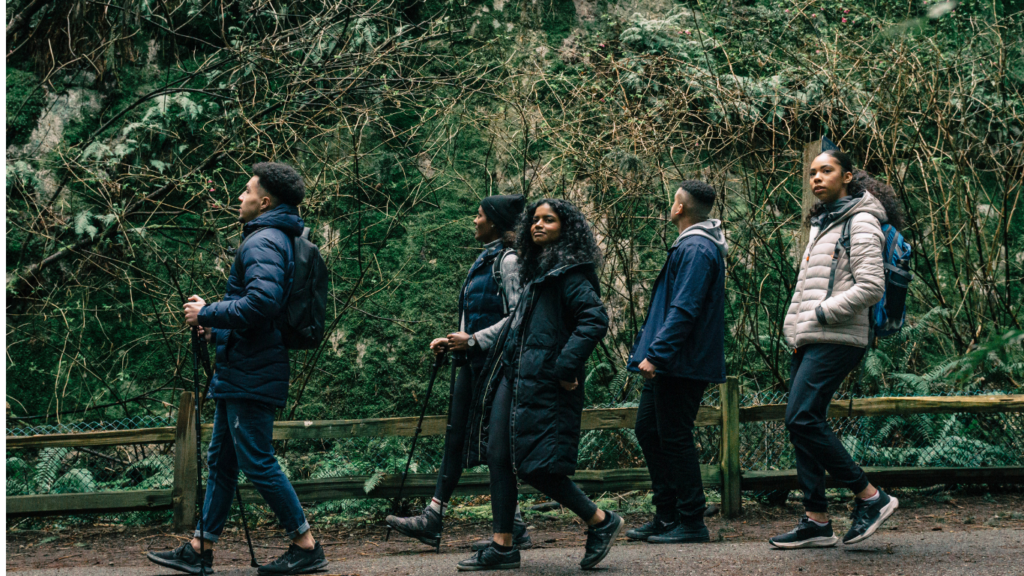What Are Interactive Guides?
Interactive guides are modern digital tools that revolutionise nature exploration. They seamlessly blend technology and environmental knowledge to provide users with an engaging learning experience. Interactive wildlife and flora guides utilise multimedia elements, such as images, videos, and audio clips, to offer comprehensive insights into the natural world. These guides enable me to interact with detailed information about various species of wildlife and plants, enhancing my understanding and appreciation of biodiversity.
Importance for Education and Conservation
Interactive wildlife and flora guides play a crucial role in both education and conservation efforts. By offering a dynamic way to learn about ecosystems and species, these guides help me grasp complex environmental concepts effectively. They empower me to make informed decisions that contribute to conservation initiatives. Through interactive features and real-time updates, these guides inspire me to actively participate in environmental preservation and wildlife protection.
Key Features of Top Interactive Wildlife and Flora Guides
User Interface and Accessibility
When it comes to interactive wildlife and flora guides, a user-friendly interface is essential. It’s crucial that users can navigate the app or website effortlessly to access the wealth of information it offers. The guides should have intuitive layouts, clear menu structures, and easy-to-use search functions. This simplicity ensures that users, whether amateur nature enthusiasts or seasoned biologists, can quickly find the information they need. Accessibility features such as font size adjustment, language options, and compatibility across devices further enhance the user experience, making the guides inclusive for all users.
Content Depth and Accuracy
One of the key features that sets top interactive wildlife and flora guides apart is the depth and accuracy of their content. These guides should provide comprehensive information about various species of plants and animals, including their habitats, behaviours, and conservation statuses. Users rely on these guides for accurate and up-to-date data, so ensuring the information is sourced from reputable experts and organisations is crucial. Rich multimedia content such as high-quality images, videos, and interactive maps not only enhances the user experience but also aids in better understanding the natural world. Inaccurate information can mislead users and harm conservation efforts, so maintaining content accuracy is paramount in these guides.



Mobile Apps vs. Web-Based Platforms
Mobile apps and web-based platforms are the two primary formats for interactive wildlife and flora guides. Mobile apps offer portability, allowing users to access information on-the-go, even in remote locations without internet connectivity. They provide features like offline mode, push notifications for wildlife sightings, and in-app AR experiences for an immersive learning journey. On the other hand, web-based platforms offer broader accessibility as they can be accessed via various devices with internet connection. They often provide a more extensive range of multimedia content, including interactive maps, videos, and forums for community engagement. Users can seamlessly switch between devices while maintaining their progress and customisations in web-based platforms, enhancing user convenience.
Case Studies: Success Stories and Limitations
Case studies of popular interactive wildlife and flora guides showcase their effectiveness in engaging users and promoting conservation efforts. Successful implementations demonstrate how these guides have increased awareness about endangered species, encouraged citizen science participation, and facilitated data collection for research purposes. They have also empowered users to contribute to conservation initiatives through crowdfunding campaigns and volunteer programmes. However, limitations exist, such as dependency on accurate data sources for real-time updates, potential discrepancies in location tracking accuracy, and challenges in maintaining user engagement over time. Despite these limitations, continuous improvements in technology and user feedback integration drive the evolution of these guides towards more impactful and sustainable solutions.

Tips for Using Interactive Wildlife and Flora Guides Effectively
For Educational Purposes
When using interactive wildlife and flora guides for educational purposes, I focus on exploring detailed species information, such as habitat preferences, behaviours, and conservation status. By delving into this data, I enhance my understanding of biodiversity and ecosystems. I rely on the multimedia features of these guides, like high-resolution images and informative videos, to grasp complex concepts easily. Engaging with quizzes and interactive activities helps me reinforce my learning and retention of key ecological knowledge.
For Outdoor Adventures
In my outdoor adventures, I leverage interactive wildlife and flora guides to identify species in real-time, making my nature explorations more rewarding. By using GPS integration, I locate specific plants and animals, enriching my outdoor experiences with accurate location-based information. Augmented reality features allow me to visualize wildlife interactions and behaviours, creating immersive encounters with nature. I maximise my outdoor adventures by utilising these guides to stay informed, safe, and environmentally conscious.
